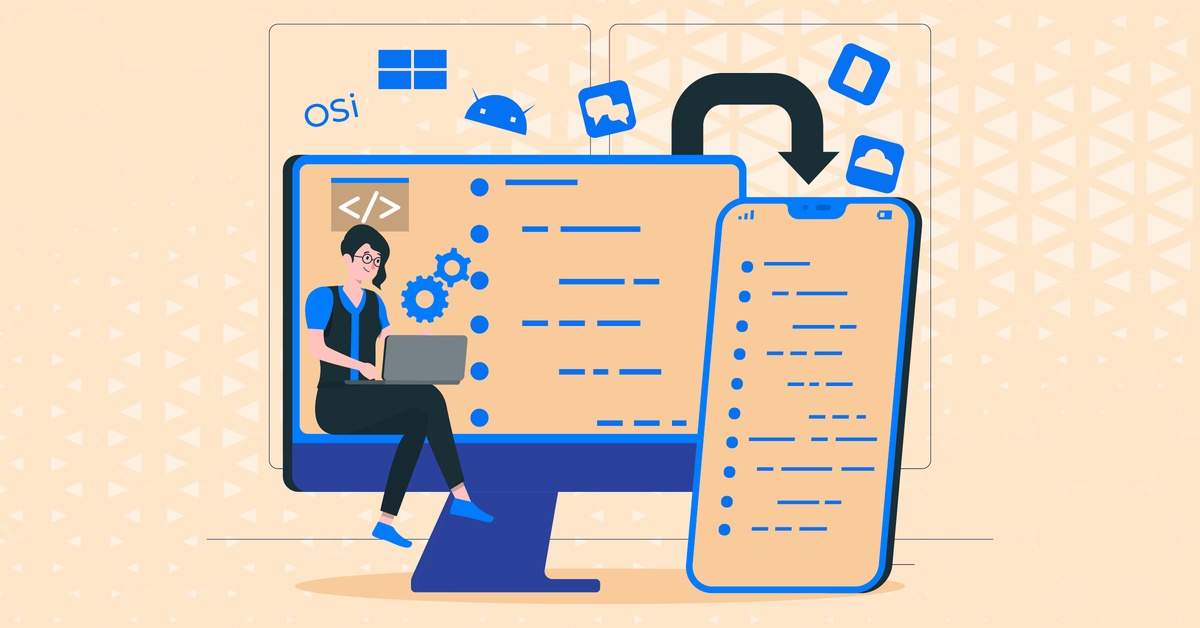User Acceptance Testing (UAT) is a critical phase in the software development lifecycle, where software applications are put through rigorous testing by real end-users to ensure they meet business requirements and function as intended. UAT testing services play a pivotal role in this process, offering specialized expertise and resources to ensure a seamless testing experience. In this guide, we'll delve into the world of UAT testing services, covering their significance, processes, best practices, and emerging trends.
Chapter 1: Understanding UAT Testing Services
1.1 What is UAT?
User Acceptance Testing, often referred to as UAT, is the final phase of testing before software is released to production. It involves subjecting the software to real-world scenarios to validate its functionality, usability, and adherence to business requirements. UAT ensures that the software is ready for deployment and meets user expectations.
1.2 Role of UAT Testing Services
UAT testing services are specialized providers that offer expertise, tools, and resources dedicated to conducting effective user acceptance testing. By outsourcing UAT testing, businesses can tap into a pool of skilled testers who are unbiased and can provide fresh perspectives, ensuring a thorough evaluation of the software.
Chapter 2: UAT Testing Process
2.1 Test Planning
UAT begins with comprehensive test planning, defining the scope, objectives, and environments for testing. This phase involves collaboration between stakeholders, testers, and end-users to establish a clear roadmap for UAT.
2.2 Test Case Design
Designing effective test cases is crucial to simulate real-world scenarios. Testers create test cases that mirror user behaviors, covering a range of scenarios to ensure comprehensive coverage.
2.3 Test Execution
During test execution, testers follow the designed test cases, mimicking end-users' interactions with the software. Feedback is collected, defects are logged, and issues are prioritized for resolution.
2.4 Defect Management
Defects identified during UAT are logged, tracked, and managed through to resolution. This phase involves collaboration with developers to address issues efficiently.
Chapter 3: Types of UAT Testing Services
3.1 Alpha Testing
Alpha testing involves internal testing within the development team to identify bugs and issues before external testing begins. It helps ensure that the software is stable enough for broader testing.
3.2 Beta Testing
Beta testing extends beyond the development team to a select group of external users. Their feedback provides valuable insights into real-world usage and helps identify any unforeseen issues.
3.3 Black Box Testing
Black box testing focuses on the external behavior of the software without delving into its internal code. Testers evaluate the software solely based on its inputs and outputs.
3.4 White Box Testing
White box testing involves delving into the internal code and logic of the software. Testers examine how the software handles various code paths, ensuring its robustness and reliability.
Chapter 4: Tools and Technologies for UAT Testing
4.1 Test Management Tools
Test management tools aid in organizing, planning, and tracking UAT activities. They provide a centralized platform to manage test cases, track progress, and generate reports.
4.2 Automated Testing Tools
Automated testing tools streamline repetitive testing tasks, enhancing efficiency and accuracy. These tools can be used to execute predefined test scripts and scenarios, reducing human error.
Chapter 5: Best Practices for Successful UAT Testing
5.1 Clear Test Objectives
Defining precise UAT objectives ensures that testing efforts align with business goals and requirements, providing a focused and effective testing process.
5.2 Realistic User Scenarios
Creating user scenarios that accurately reflect real-world usage is essential. Realistic scenarios ensure that the software is tested in a way that mirrors how end-users will interact with it.
5.3 Collaboration and Communication
Effective communication among testers, developers, and end-users fosters a collaborative environment where feedback is shared, issues are discussed, and resolutions are determined efficiently.
5.4 Documentation and Reporting
Thorough documentation of test cases, procedures, and outcomes is crucial for traceability and accountability. Detailed reports provide stakeholders with insights into testing progress and results.
Chapter 6: UAT Testing in Agile and DevOps
6.1 UAT in Agile Development
Incorporating UAT into Agile methodologies ensures that user feedback is integrated into development iterations. UAT becomes an ongoing process, with iterative testing and continuous improvement.
6.2 UAT in DevOps Environments
In DevOps, UAT is integrated into the CI/CD pipeline, allowing for rapid testing and feedback. This approach ensures that changes are thoroughly tested before deployment.
Chapter 7: Future Trends in UAT Testing Services
7.1 AI and Machine Learning in UAT
AI and ML are poised to revolutionize UAT by analyzing data and predicting potential issues. These technologies can optimize test case selection and enhance testing efficiency.
7.2 Virtual and Augmented Reality Testing
As VR and AR applications gain prominence, UAT will extend into these immersive environments, ensuring seamless user experiences and functionality.
7.3 Blockchain and Security Testing
UAT will play a critical role in testing the security and reliability of blockchain applications, especially in decentralized and secure ecosystems.
Conclusion
In the ever-evolving landscape of software development, UAT testing services stand as a pillar of quality assurance, ensuring that software applications meet user expectations and business requirements. By understanding the UAT process, embracing best practices, and staying attuned to emerging trends, businesses can harness the power of UAT testing services to deliver exceptional software products that drive user satisfaction and success.


No comments yet